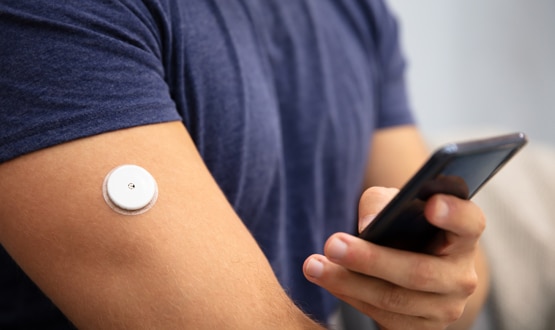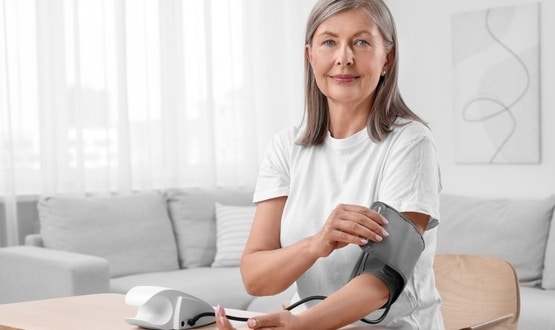Technology ‘should be used in long term conditions’
- 27 February 2006
Technology should be used in several ways to help people who have long-term conditions care for themselves, although caution must be exercised as not everybody has access to it, new guidance from the Department of Health says.
The guidance, ‘Supporting people with long-term conditions to self-care’, sets out examples of what central government, professionals and PCTs and have done and need to do in making sure those with chronic illness can manage their health effectively.
Information and tools are cited as important for empowering people. For instance, the document states, NHS Direct Interactive TV helps to keep elderly people up-to-date and informed, and the medium is effective because they usually both hard to reach and tend to suffer from long-term conditions. "NHS Direct is keen to develop these and the online services further to meet PCTs’ requirements," says the guide.
However, the guidance also warns that many people without access to the internet who "tend to make little use of self care information" must be helped. The role of health professionals is to direct people towards meaningful information and give "guidance on how to access it so that people feel confident enough to use it."
Tools and assistive technologies can include remote monitoring and diabetics measuring their own blood sugar, for instance. E-mail, text and phone reminders for medication and online prescription ordering can also be used and has been found to be successful in pilots, although the guidance once again stresses that not everybody has access to these technologies.
Professor David Colin-Thome, national director for primary care, said: "Doctors, nurses, pharmacists, allied health professionals and others in the NHS do recognise the value of helping patients manage their conditions better but we can benefit from the ideas in the guide."
Health minister Lord Warner added: "Evidence suggests that when people have more personal involvement and control over their care, there are improved health outcomes. Furthermore, recent consultation has told us that people want more services based around their needs. We are determined to deliver this."
As well as examples of how self-care projects have worked in real life, the guidance also provides a list of useful websites for patients and clinicians on the topic.
the guidance concludes that it is the professional’s role "to be aware of the tools and devices – both technological and non-technological – that can make a significant impact on a person’s ability to live independently with a long term condition. People need to be able to gain access to information relating to these technologies as and when they want, so front-line staff should be able to offer appropriate guidance."
Related documents
Supporting people with long-term conditions to self-care [PDF, 1.8Mb]




